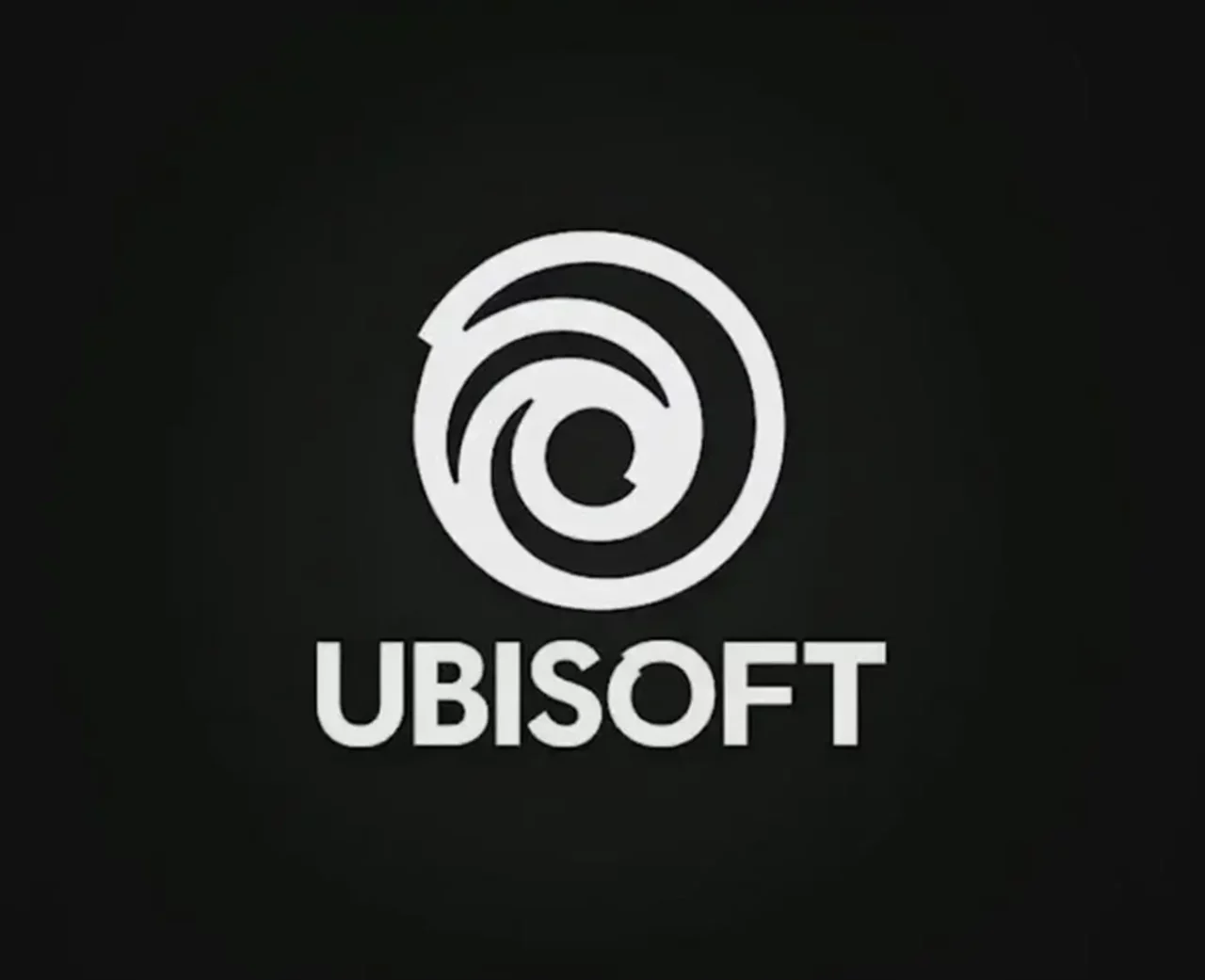
Expertise
Branding design meaning
Why branding your business is important?
Good branding creates opportunities
Good branding is more than just a logo
Imagine walking into a room full of competing businesses, all ready to fight for your customers' attention. So how do you stand out?
Your branding! It’s a bit like your suit in this play. It represents the visual identity of your company: your logo, your colors, your design, and even the tone of your messages. It communicates who you are, what you stand for, and most importantly, why people should choose you, and not someone else.
Branding is the tool that transforms a simple business into a strong brand. It conveys a clear and impactful message to the market and gives consistency to your actions. More than just a visual signature, branding is a reflection of the quality of your services and the promise you make to your customers.
Well-done branding: your best salesperson
Did you know that 60% of consumers avoid companies that don't have professional and consistent branding? (Source: Forbes).
They want to be reassured by a brand that has taken the time to take care of its image and brand strategy. A worked brand identity is perceived as a sign of trust, a bit like a firm and frank handshake at the first meeting. It is a coherent whole that will allow you to be recognized (notoriety) and will ensure your seriousness (credibility) on your market.
In short, it reflects the quality of your services.

The Importance of Logo and Colors in Your Branding 🎨
The logo: more than just an image
Your logo is like your visual signature. It is the first contact your customers will have with your brand. A good logo is like the Batman symbol: as soon as you see it, you know who is behind it and what it represents. A good design must be simple, easily recognizable and convey in the blink of an eye the values of your company. These elements are your bias in your brand strategy and the way you promote your activity on social networks. It is also the beginning of the stages of building the user experience that will lead a person to know your product clearly, until the decision-making process that leads to their purchase.
Moreover, 48 % consumers are more likely to engage with a brand whose logo is distinctive and professional (Crowdspring).

Colors: tailor-made emotions
The colors of your brand identity are not random elements. They trigger emotions. They are unconscious behaviors of your mind, but this relationship with the interpretation of colors by our brain is now well known and theorized.
For example, blue inspires confidence, red evokes passion, and green, of course, nature.
In its brand identity, Coca-Cola uses red for their product to symbolize energy and strong emotion.
According to a study, using a signature color can improve your brand recognition by 80% (Source: Ragan).
In short, choosing colors in your branding can be as strategic as choosing the right ingredients for a winning recipe. If your customers associate the right emotions with your visual identity, they will be much more likely to become loyal to your brand.

Building Consistent Branding for Everyone on All Media 🖥️
Homogeneity: the secret to a strong brand image
Having consistent branding is a bit like having a well-matched outfit for every occasion (to stay in the textile lexicon). You wouldn’t want to wear a suit to a pool party, right? In the same way, your SME’s brand must remain consistent across all its media. Whether it’s on your website, your social networks, or your email campaigns, consumers must have an easy read and be able to identify your team instantly.
Big brands like Apple or Nike know that a consistent message builds brand awareness and credibility. Customers know what to expect, no matter what medium or platform they find you on: logo elements are simple, brand identity is clearly defined, websites are polished, management and product managers know the basics. So the way brand assets are used is well optimized.
Result? +23 % of revenue growth for companies that ensure continuity of their branding across all channels (Source: Forbes). The difference in a company's marketing results (+50 employees) and the development of interest in its brand is obvious.
Concrete example: Apple and its Minimalist but Powerful Branding 🍏
Take Apple. Whether you’re in an Apple Store, watching a TV commercial, or browsing their website, the brand identity is always the same: clean design, simple messaging, and an absolute focus on quality and innovation. Apple doesn’t just sell products, they sell a lifestyle. Their customers know they’re buying more than just a phone or computer, and that’s how they differentiate themselves – they’re buying the idea of being on the cutting edge of technology, with something that combines simplicity and sophistication.
Fun Fact: Steve Jobs was obsessed with details!
Did you know that Steve Jobs was such a perfectionist that he insisted that the inside of the first Apple computers be as beautiful as the outside, even though no one would ever see it? For him, every detail, visible or not, was part of the overall brand experience. This extreme attention to detail helped create the image of a brand that never compromises on quality. The result? Today, Apple is one of the most powerful and recognizable brands in the world, with a branding that inspires trust and loyalty.
With its iconic bitten apple logo and minimalist yet impactful advertising campaigns, Apple proves that brand identity is not just about design, but also about experience. Whether it’s through simple packaging or keynote co-branding for a product launch, the company’s message remains constant: innovation in simplicity.
Below is the iPhone 16 ad:
With its iconic bitten apple logo and minimalist yet impactful advertising campaigns, Apple proves that brand identity is not just about design, but also about experience. Whether it’s through simple packaging or keynote co-branding for a product launch, the company’s message remains constant: innovation in simplicity.
At What'zhat, we have mastered the art of branding 🎨
We know that defining a brand identity is much more than a beautiful business card. The way it is produced represents a real guarantee of trust for your customers and a tool to strengthen the credibility of your company.
At What'zhat, we are committed to perfectly conveying your corporate vision through design and transforming it into strong and unique branding for three main reasons:
- Your branding allows your company to stand out from the market
- Your branding saves you time and money
- Your branding helps build customer loyalty


Your branding allows your company to stand out from the market
Whether you are a company in a saturated market or a niche market, we believe that the key to success is to stand out. Each brand tries to make its place with its values and culture by communicating in a different way: this is market positioning (your posture).
The more your branding is worked on, the more precise and clear your message will be. So the more your posture will be understandable to everyone. In the same way, the more you listen to your market, the more you will be able to evolve your brand identity with it. You will then remain a player in this segment and therefore trendy.
Being the trend is what you want for your brand, the difference of a brand that sells its products better than another is often found in the definition of the brand identity and the way it broadcasts its values.
Nike and the Power of “Just Do It” Branding 🏅
Take Nike. They’re not just a sportswear brand, they’re a true inspiration to millions of people around the world. Through extreme branding, they’ve managed to create more than just a brand that sells shoes and sports equipment: they sell a mentality. That’s the power of the famous “Just Do It” slogan. This slogan isn’t just an advertising message, it’s a philosophy that inspires people to push their limits, believe in themselves, and achieve the impossible.
Aside on the brand's new direction
It turns out that the brand took advantage of the Paris 2024 Olympics to unveil its new slogan “WINNING ISN'T FOR EVERYONE” which will eventually become “WINNING ISN'T COMFORTABLE”. The message? If you want to win, prepare to suffer… a lot. Between grimaces, falls and even vomit, the campaign seems to say that pain is the royal road to victory and the achievement of your goal. 🎯
Historically, Nike has always positioned itself as an empowerment brand, celebrating self-improvement with slogans like “Just Do It” or “You Can't Stop Us”. These messages, even if they already valued performance, were universal and inclusive, encouraging everyone to surpass themselves, no matter their level.
With “Winning Isn’t Comfortable,” Nike subtly shifts the angle by placing more emphasis on the pain and difficulty required to achieve victory. This message transforms sports into a painful quest, where discomfort becomes a value in itself. This radical shift in their branding is no longer just an invitation to action, but a glorification of pain as proof of merit.
What these elements say about the Nike branding :
- Hyper accessible elitism : Nike seems to want to expand the notion of extreme performance to a wider audience. Once reserved for elite athletes, this valorization of intense effort is now suggested even for amateurs and achievable thanks to their set of products.
- Dolorism as a tool for differentiation : By pushing the idea that victory requires a painful sacrifice, the brand reinforces the idea that their products are made for those who accept this reality, even at the cost of their physical and mental comfort. This allows them to stand out from competitors who remain in discourses of well-being or softer personal accomplishment.
- The paradox of customer experience : While Nike sells gear designed for performance and comfort, the brand paradoxically uses a message that values discomfort and pain. This tension creates a unique positioning for the company, but raises the question of long-term impact. Perhaps the strategy is intended to reinforce the idea that the brand equips athletes willing to sacrifice everything to win.
Why Nike can sell 3 times more expensive than its competitors
The magic of a brand lies in its ability to promote the idea that wearing their products is more than just a purchase, it’s a statement of self. As a result, they can sell their products 3x more expensive than some competitors without any effort. How? Because Nike’s branding makes every customer believe that they are investing in an experience and not just a product.
Nike spends over $1 billion a year on advertising 💰
An impressive fun fact: the brand spends over a billion dollars a year on branding and advertising alone (source: Statista). This colossal advertising budget allows them to remain omnipresent and constantly reinforce their message. It’s not just promotion, it’s storytelling. Every campaign, every partnership with top athletes – like LeBron James or Serena Williams – reinforces the idea that Nike doesn’t just sell products, but inspires heroes in the making.

Your branding saves you time and money
There are two main reasons why a successful visual identity will save you time and money.
- A homogeneous identity “Professional” branding will allow you to create a solid foundation for consistent communication across all platforms and media. Your audience will recognize your brand, regardless of the communication channel used (awareness). This database will allow you to optimize the engagement rate of your advertising campaigns and your marketing efforts in general.
- Thoughtful branding Thoughtful branding will benefit you in the long term. If done well, it will encompass all the nuances of your services and your sector, associated with the communication trends of the moment. A fully developed concept properly introduced to the right target paves the ground for increased sales.
Branding at the Service of Marketing Strategy 📈
Aligning your branding with your business goals
It’s not enough to have beautiful branding, it also needs to be aligned with your objective.
Think about it: you wouldn't choose a racing car to go for a drive in the forest. In the same way, your branding must reflect the essence of your company and integrate harmoniously with your marketing actions. An effective brand identity (logo, clean graphic charter, etc.) not only allows you to capture attention, but also to transform this attention into sales. These elements must be associated with the definition of a sales funnel adapted to your product, your need and your objective.
Great advertising campaigns you admire and a cohesive marketing strategy work together to ensure success.

How Branding Influences Consumer Purchasing Decisions 🛒
Branding and Consumer Trust
Your customers don’t just want to buy a product or service. They want to engage with a brand they believe in. A strong brand identity (logo, business card, website, etc.) creates that trust. According to a Crowdspring study, 78% of consumers say that professional branding encourages them to trust a brand.
It’s simple: when your customers identify with your values, they’re more likely to buy and, better yet, come back. As seen above, the Apple brand doesn’t just sell phones, they sell a lifestyle experience that their consumers make their own.
Loyalty: more than a transaction, a relationship
Branding doesn't stop at acquiring new customers. It helps build loyalty by creating a lasting emotional connection. A loyal consumer is a consumer who comes back, but also recommends your brand to those around them. This kind of emotional connection with a brand can last for years, even a lifetime.
However, it is a link that needs to be nurtured, you need to remain visible through different communication media: website, flyers, promotional newsletter, development of event logos, local marketing, etc. Everything is good to take into account in the way you bring this unique and privileged relationship to life, it is even better if it adapts to several types of customers.

Branding, creator of financial value
The Difference Between Visual Identity and Brand Image 🖼️
Visual identity: a reference for your customers
Your brand's visual identity includes elements like your logo, colors, and typography. These are visual cues that allow your consumers to easily recognize your business across all your media, whether online or offline.
Branding: Consumer Perception
Branding, on the other hand, is your customers’ perspective on your brand. It’s how they perceive the quality, values, and authenticity of your products or services. A well-designed and consistent visual identity helps enhance this perception, distinguishing you in your market. It is developed over the years through advertising campaigns and communication, and affirmed or refuted by the customer’s experience.
Brand identity or Branding, an investment for the future
Branding, which is the combination of the two, can become a real capitalization asset.
By controlling your brand identity, you will then create a brand image that creates value if it is correctly valued. This positioning and this intangible value then represents your brand equity, appearing in the financial assets of your balance sheet. We therefore evaluate branding from an accounting point of view, based on the costs invested in the development of the brand and on the financial value by evaluating the value of the brand, the profits generated, and the potential future cash flow.
For example, if Pepsi were to sell its company, the price would be set not only based on all the assets the company owns, but also by adding the value of its brand equity. According to Forbes, the equity of a well-built brand can represent up to 50 % of the total value of the company. It is therefore crucial to think carefully about your brand strategy, because it is a long-term investment.
Our case studies
Discover our branding successes through our case studies.
Each project demonstrates how our expertise has helped our clients stand out, gain notoriety and build customer loyalty.
Explore our portfolio to see the impact of good branding on various industries.
Do you need advice on your branding?
Drop us a line.
Don't hesitate any longer—contact the What’zhat agency for your web and mobile redesign projects!



